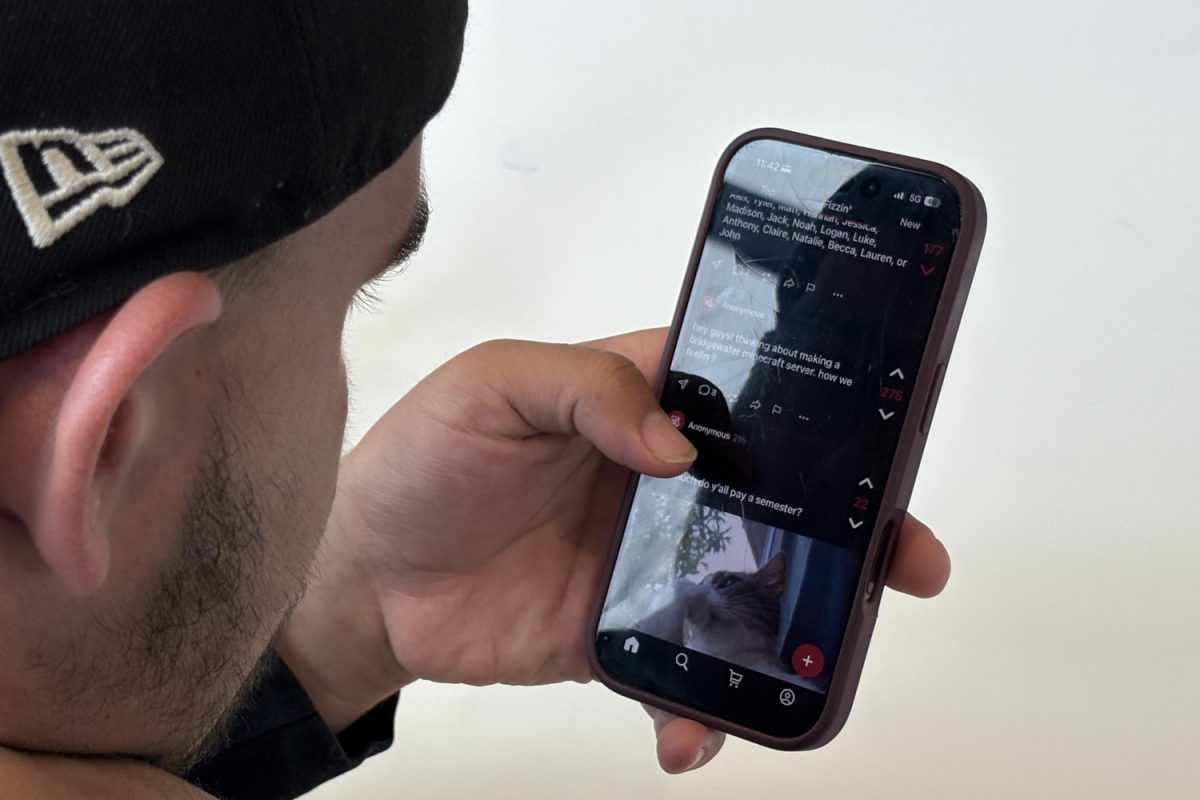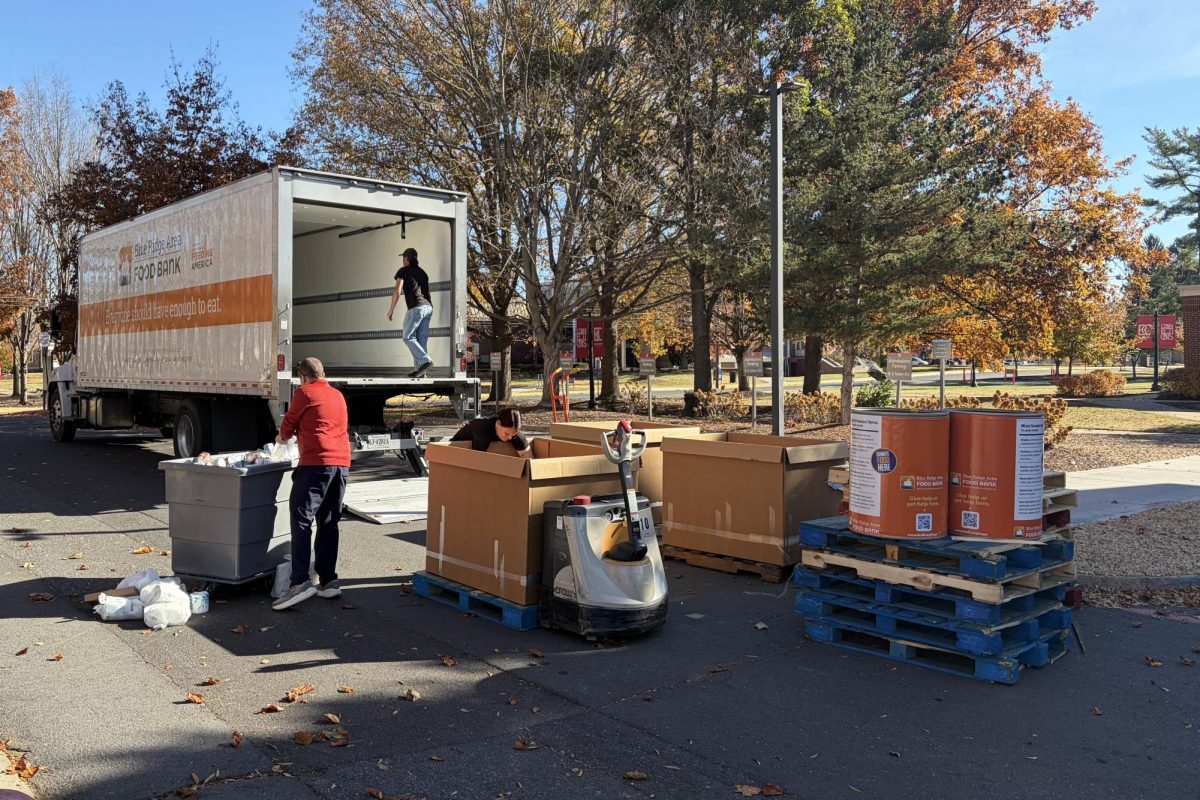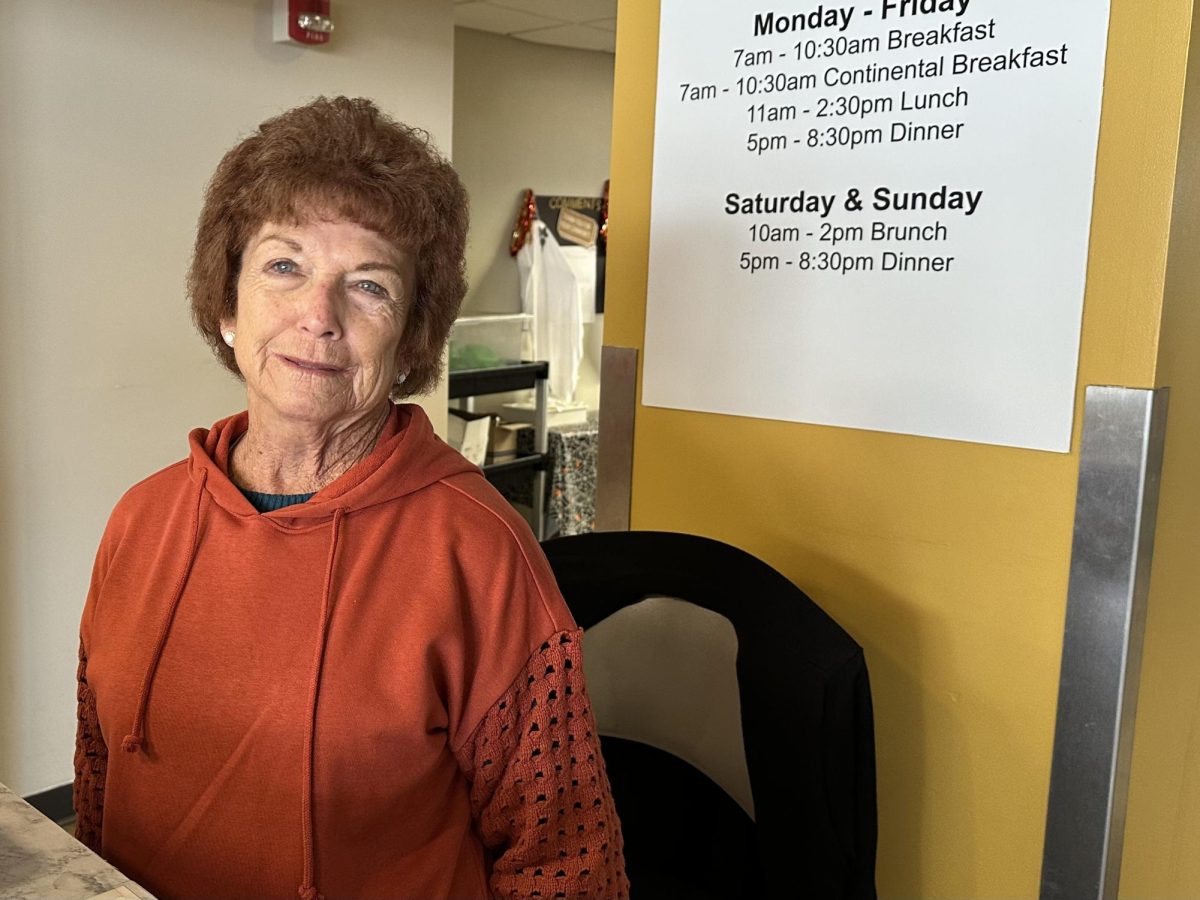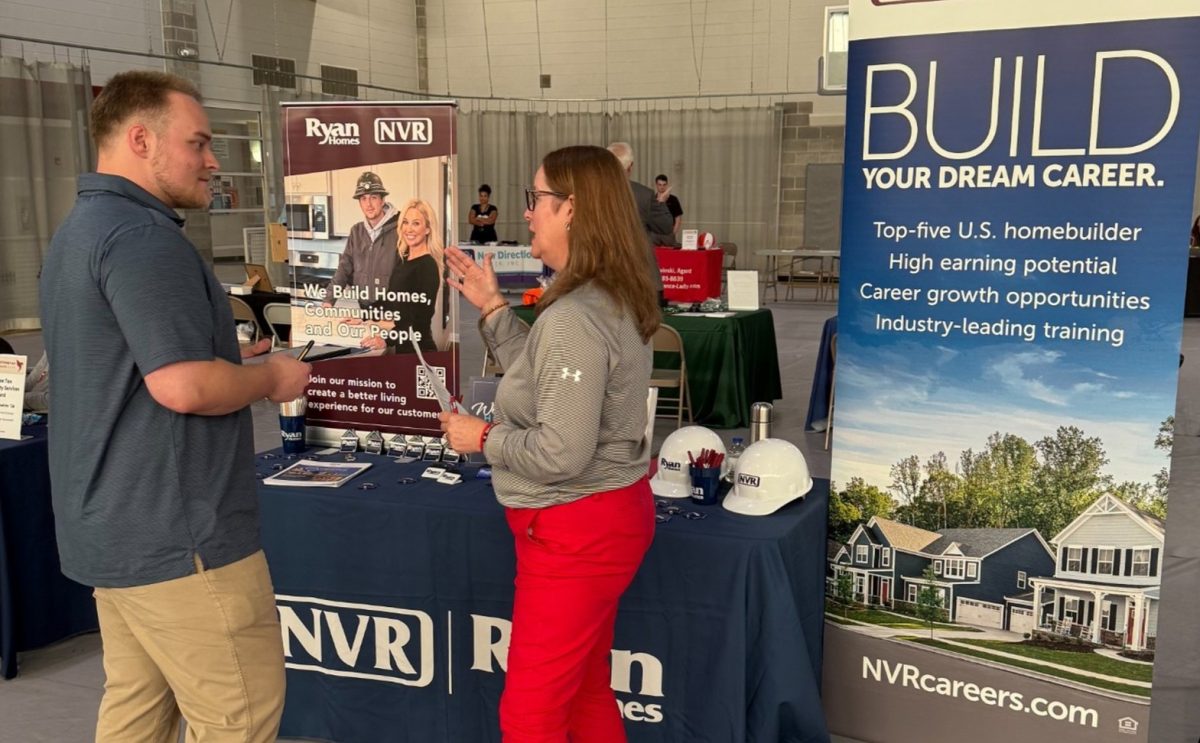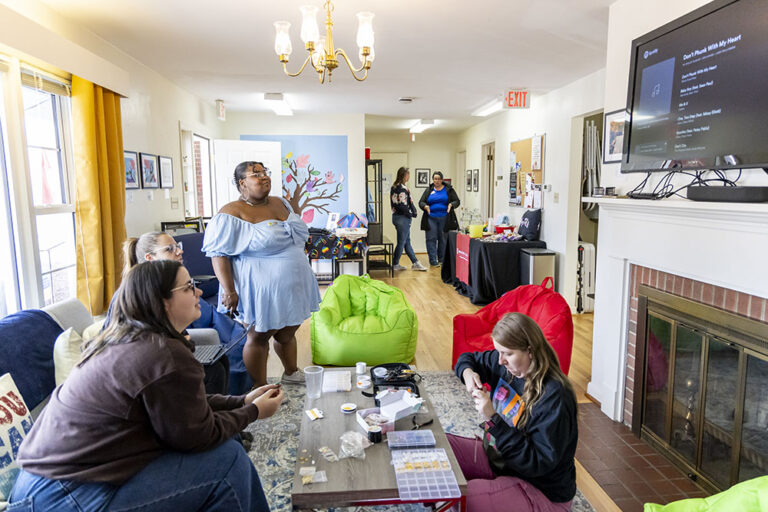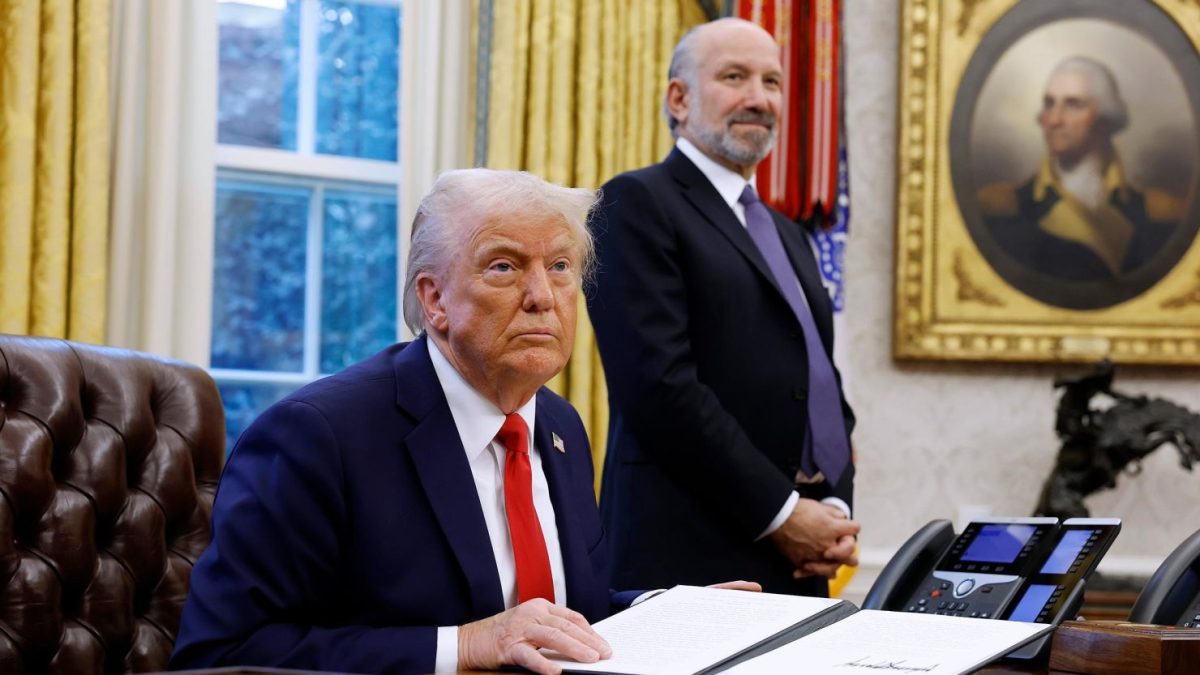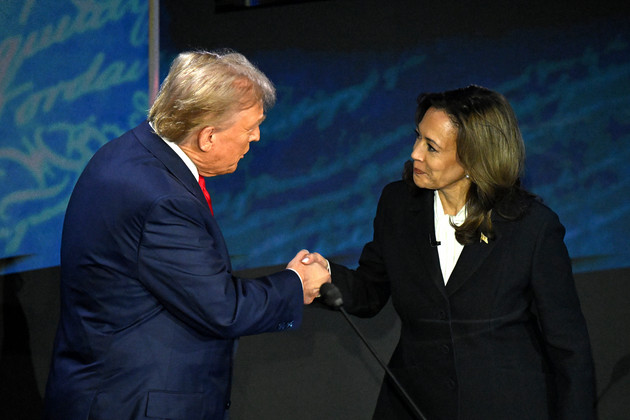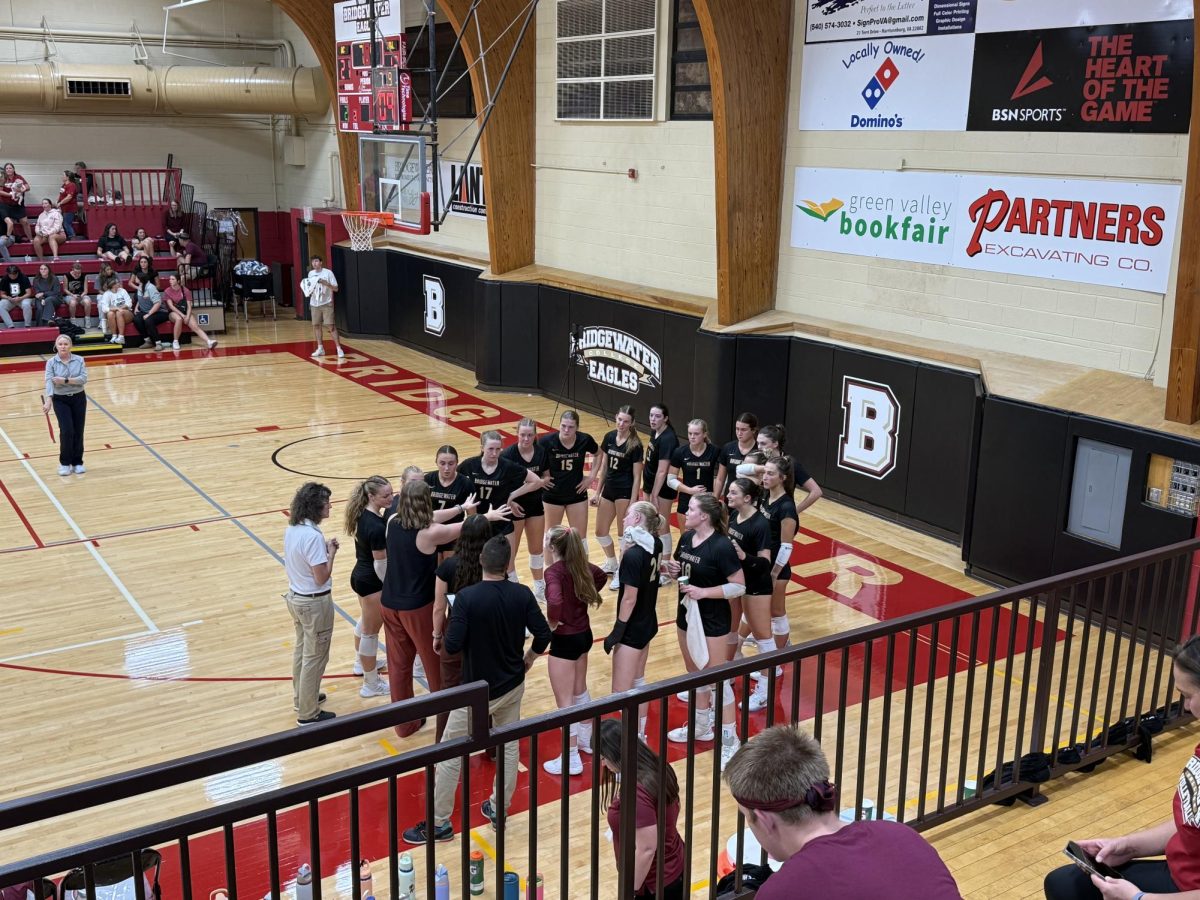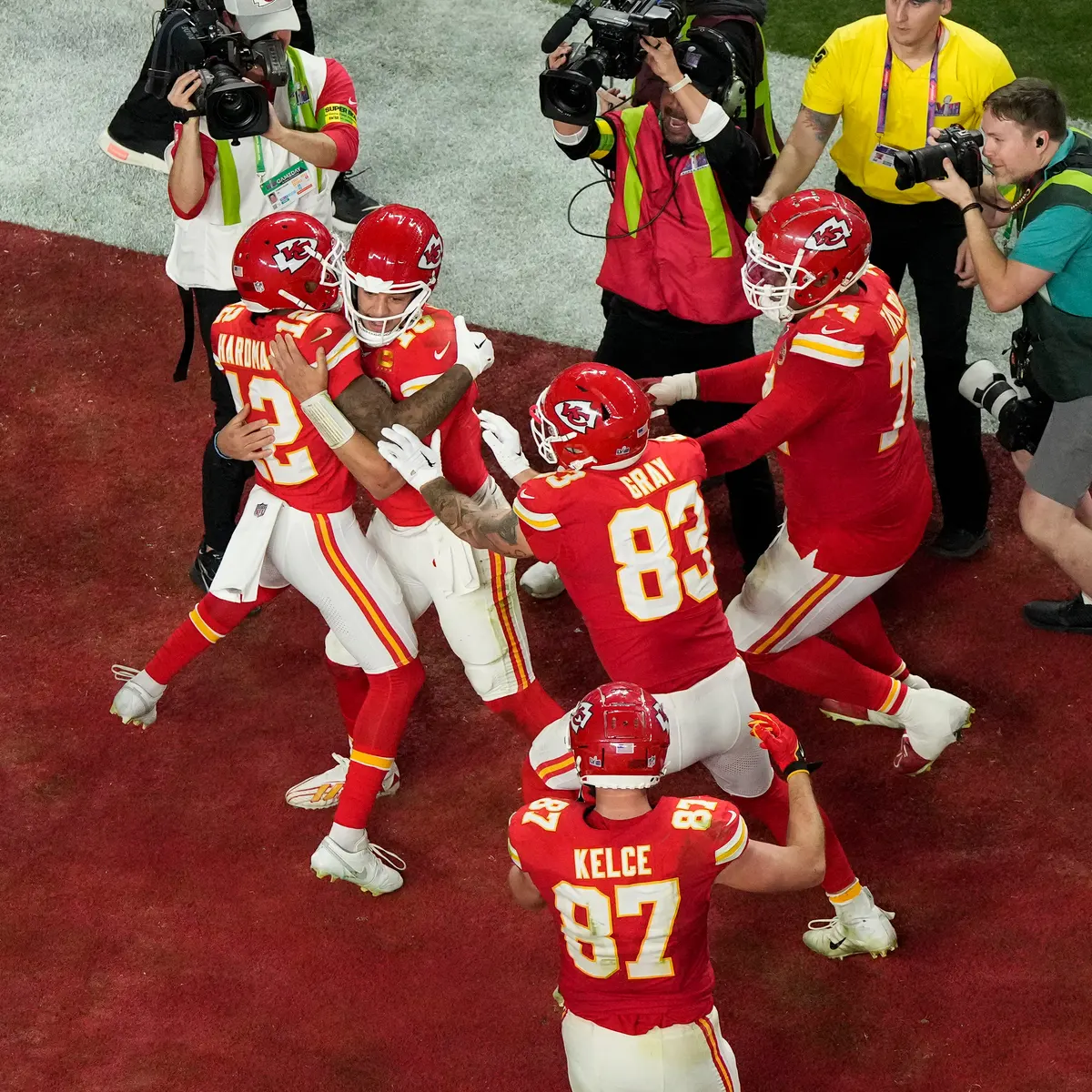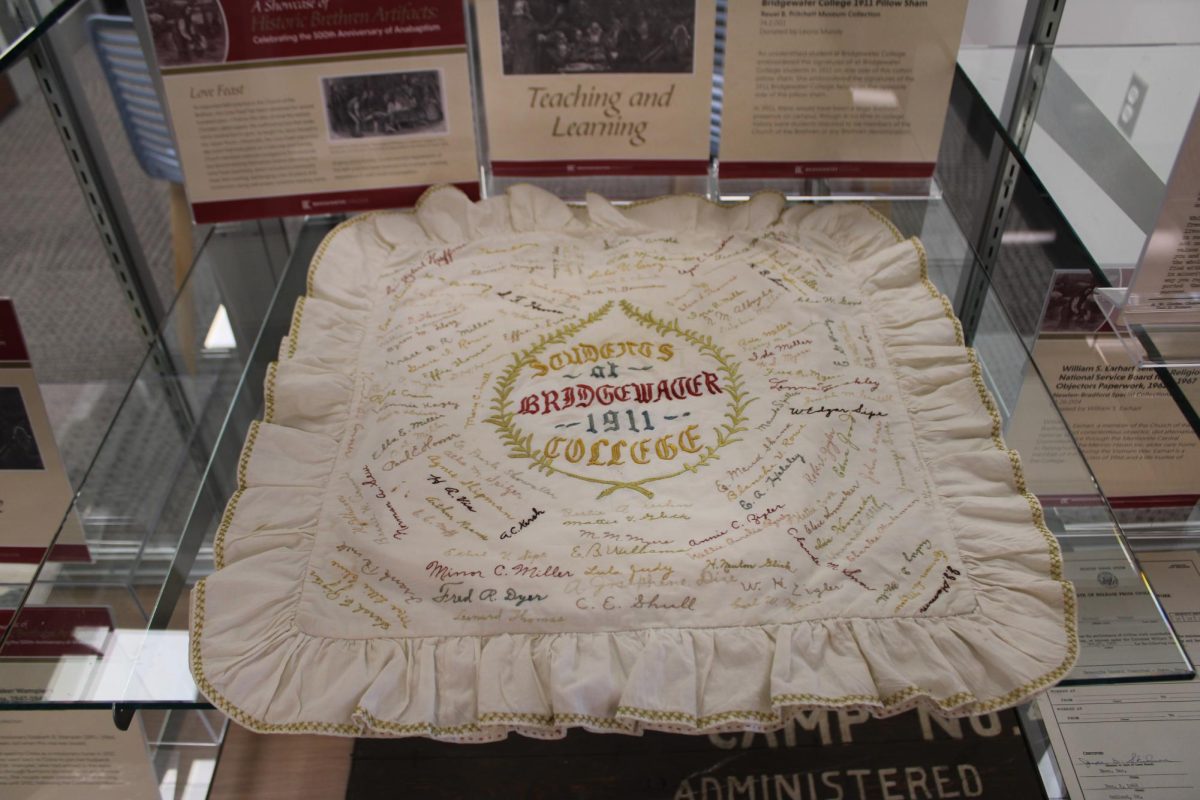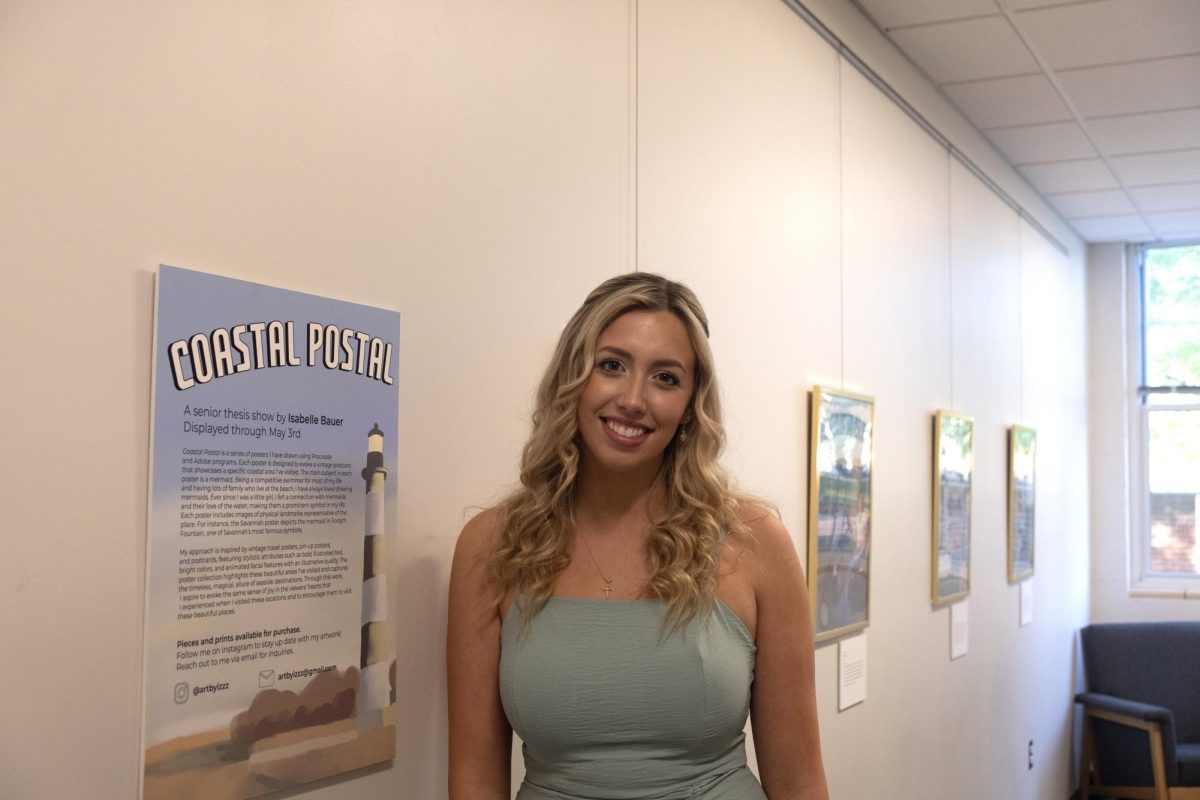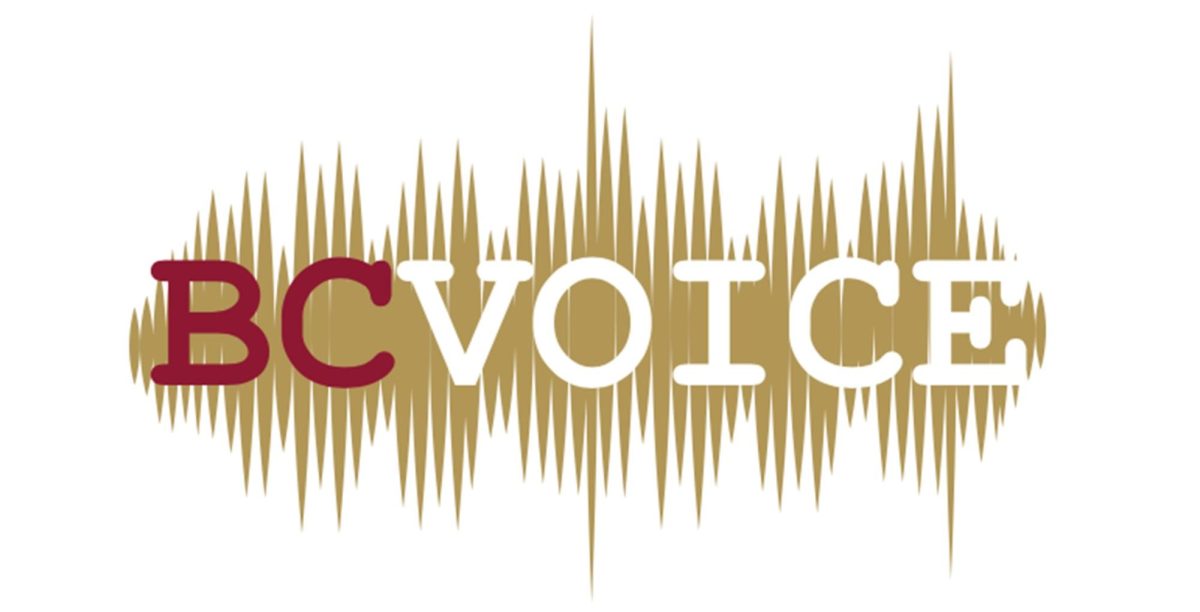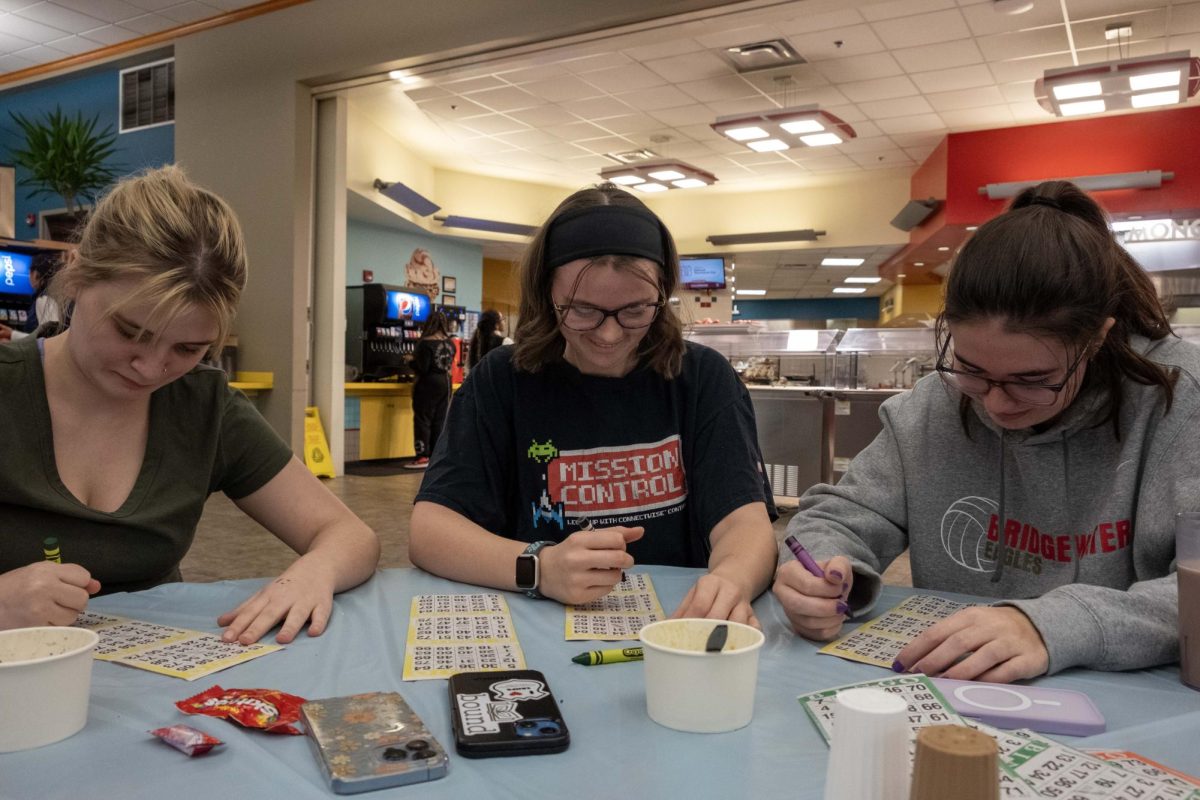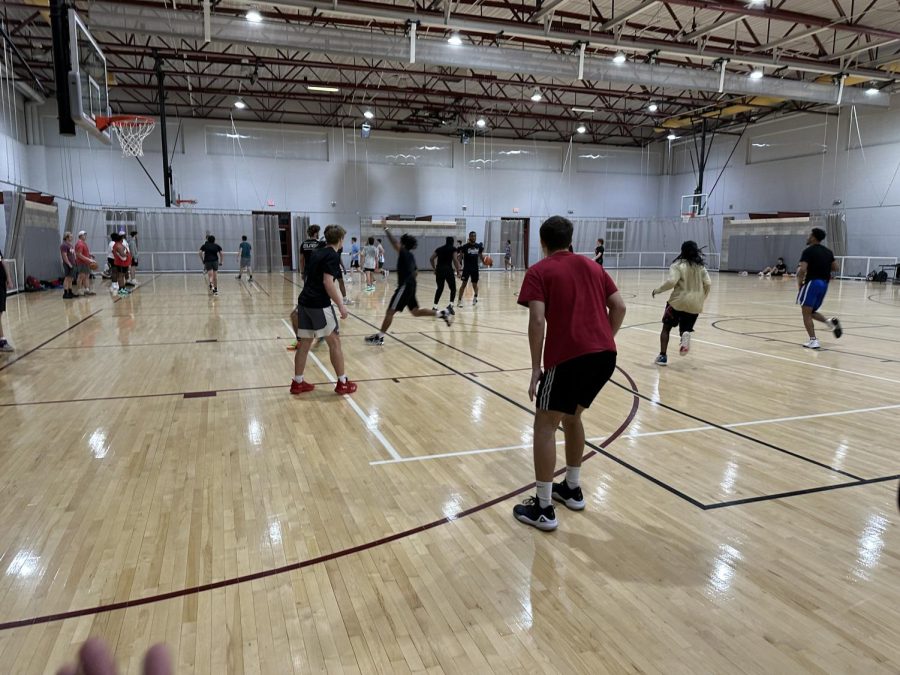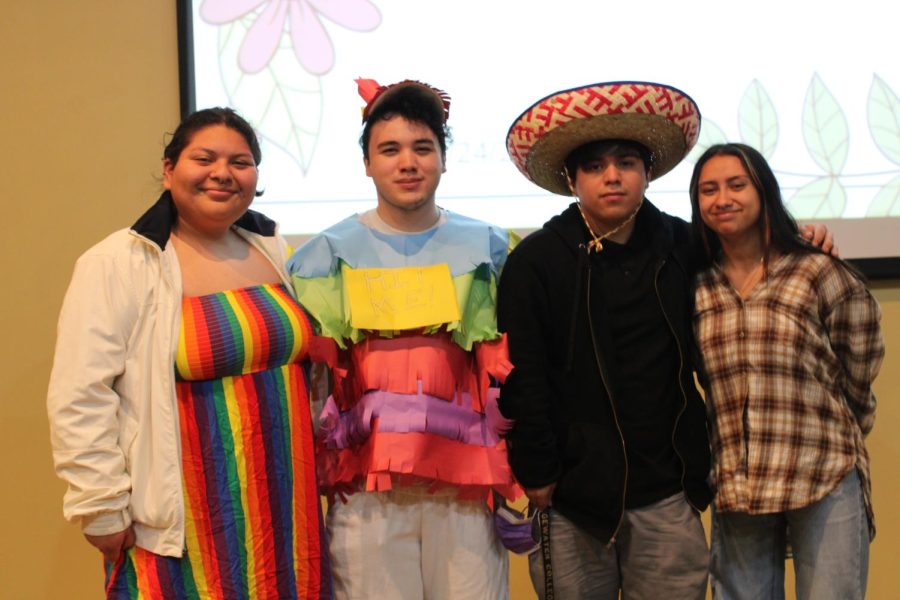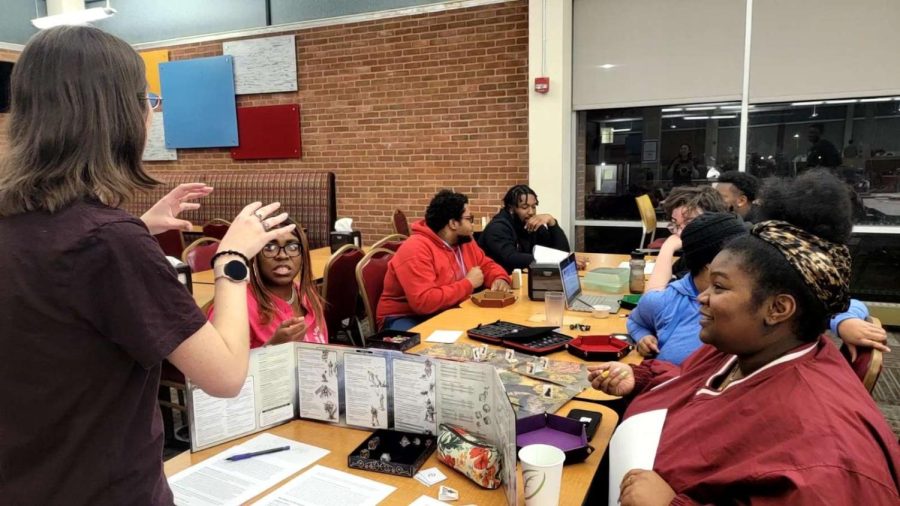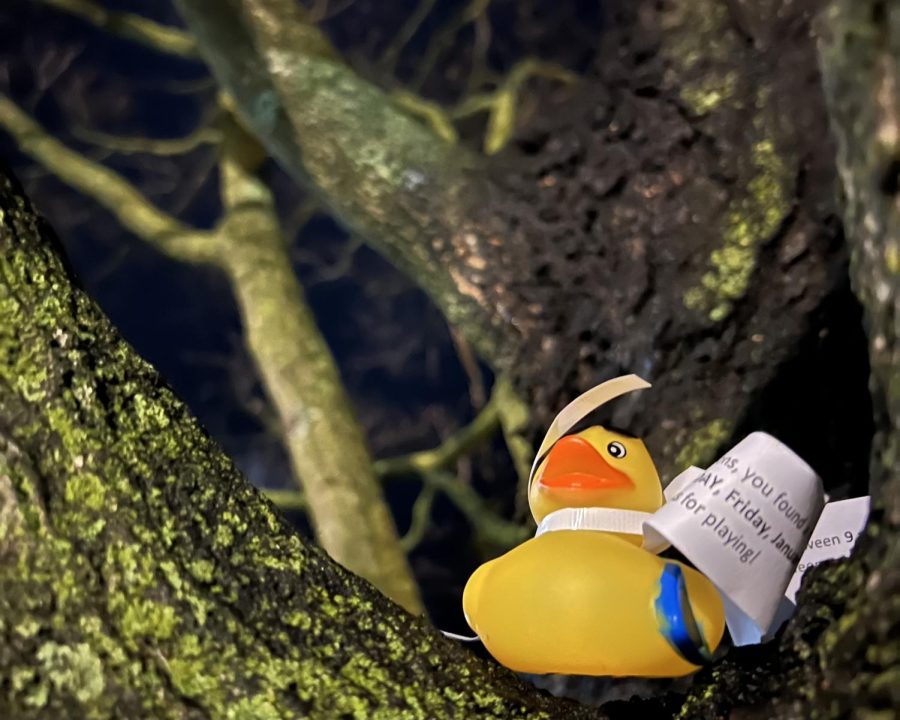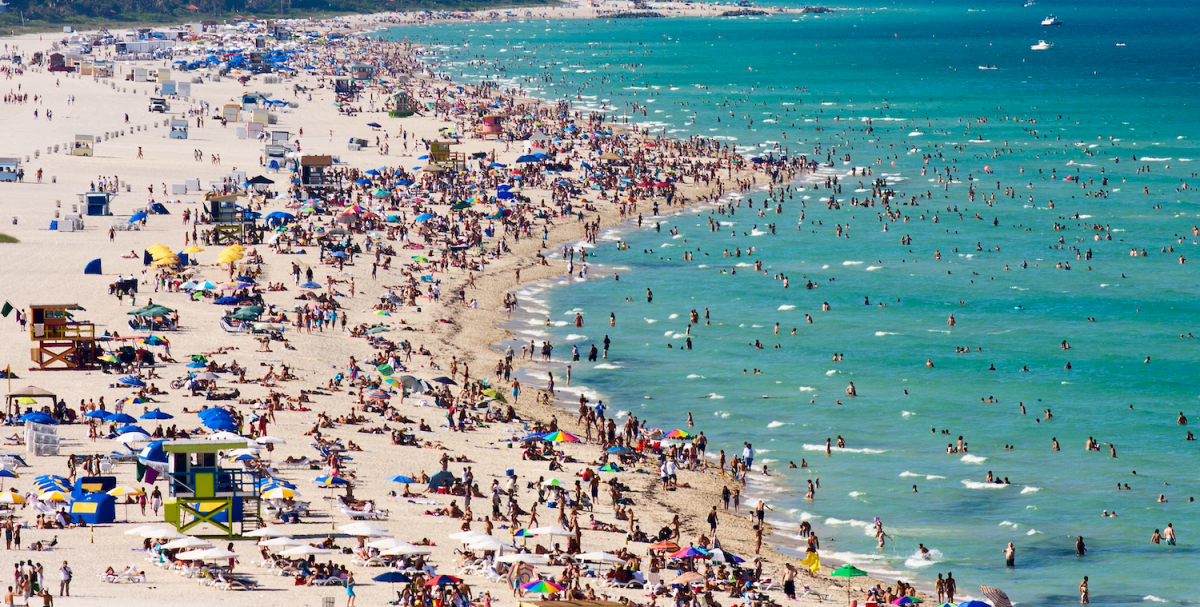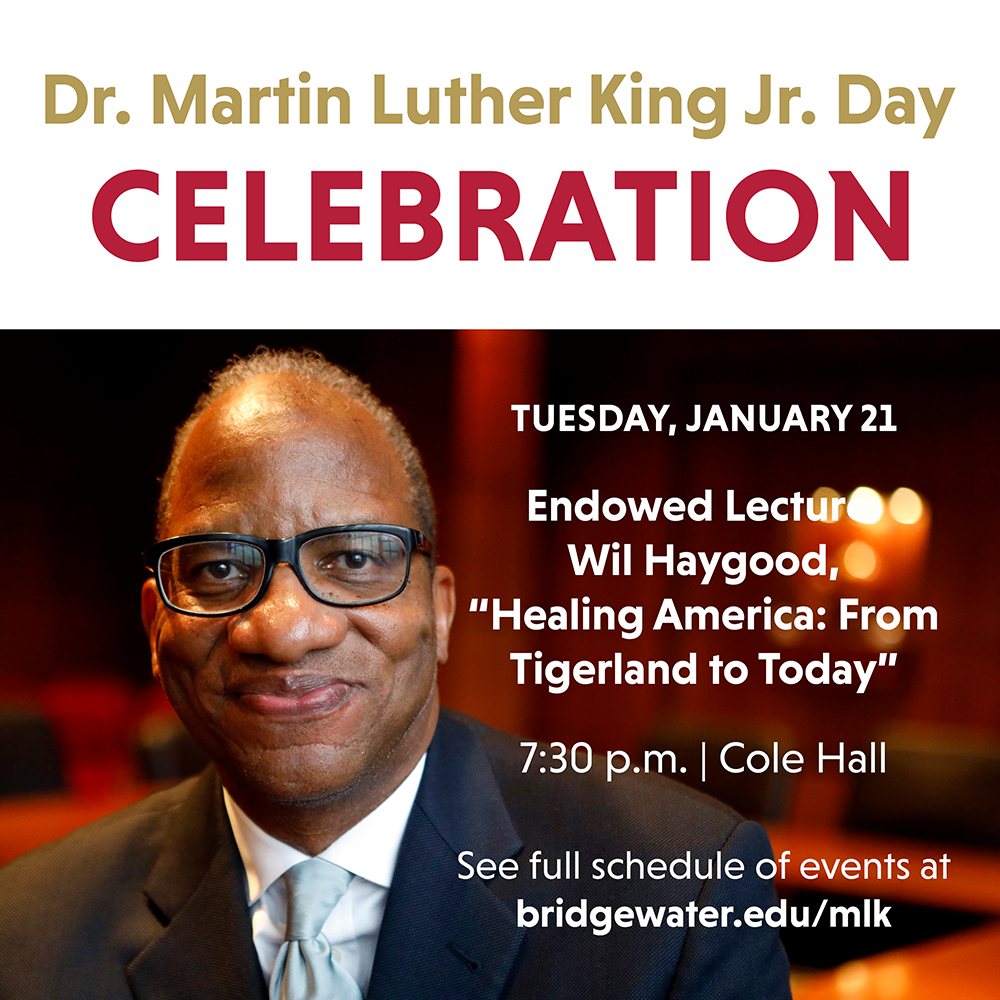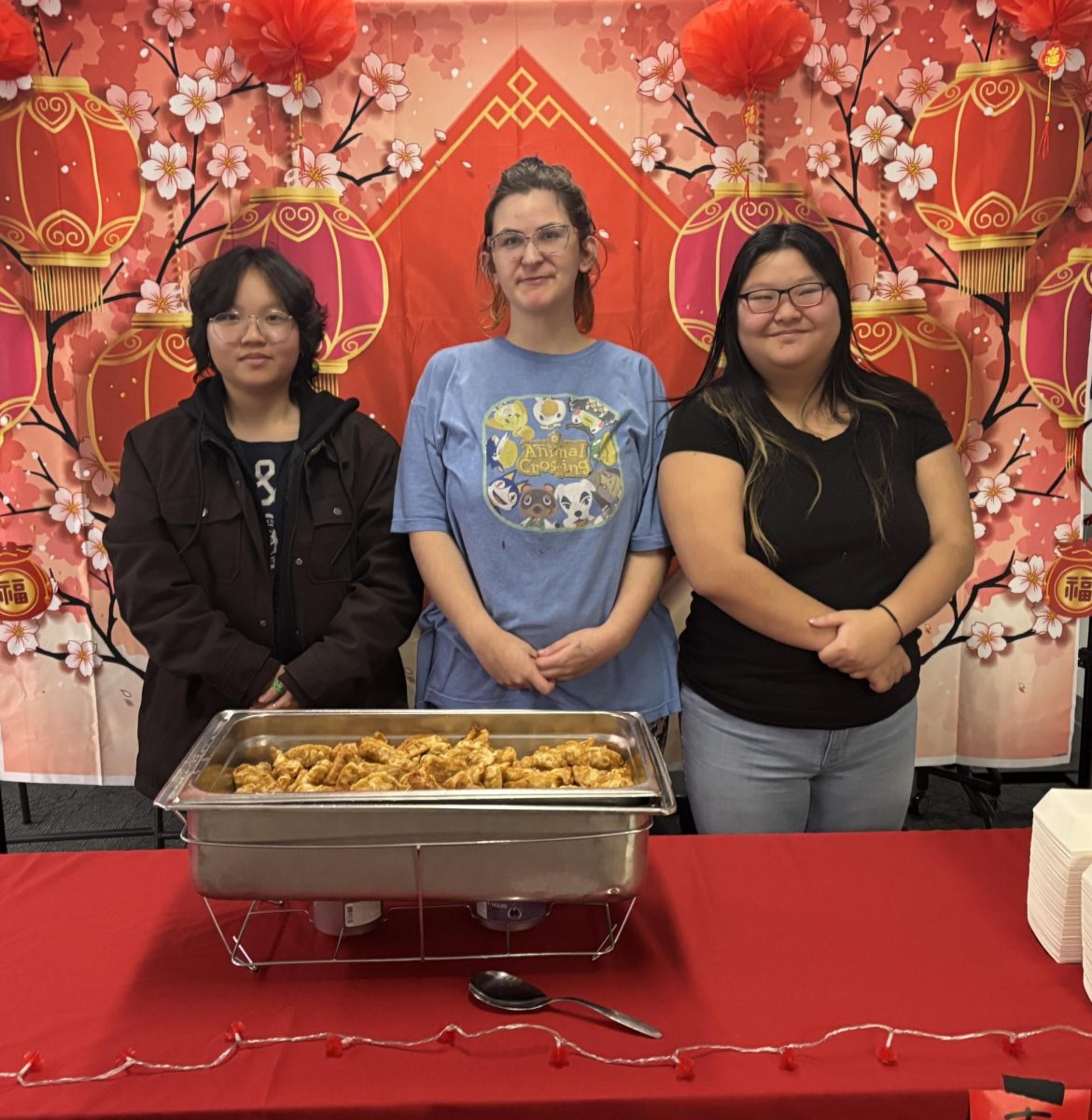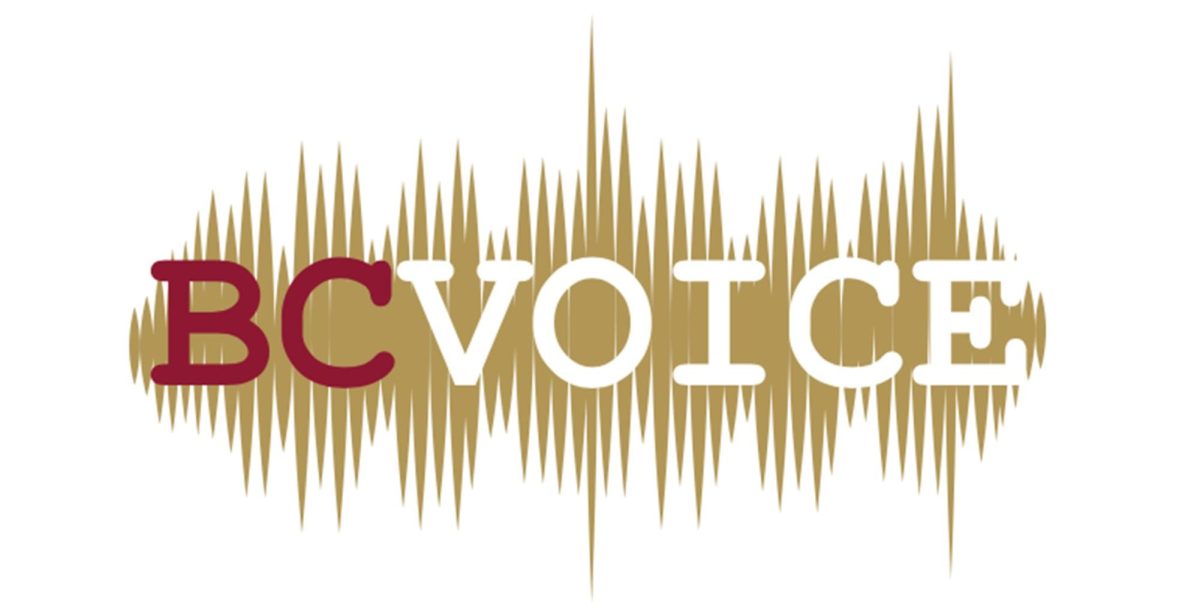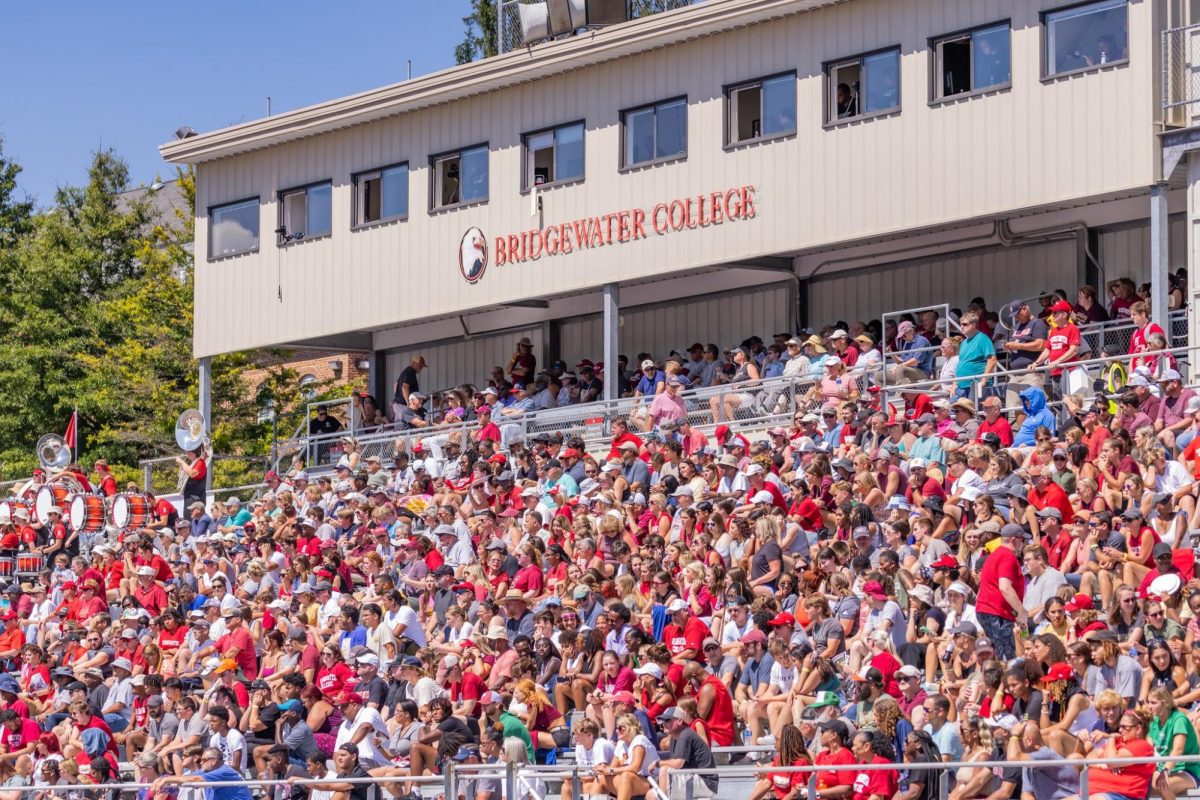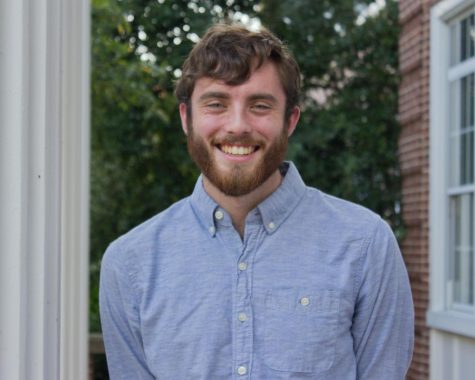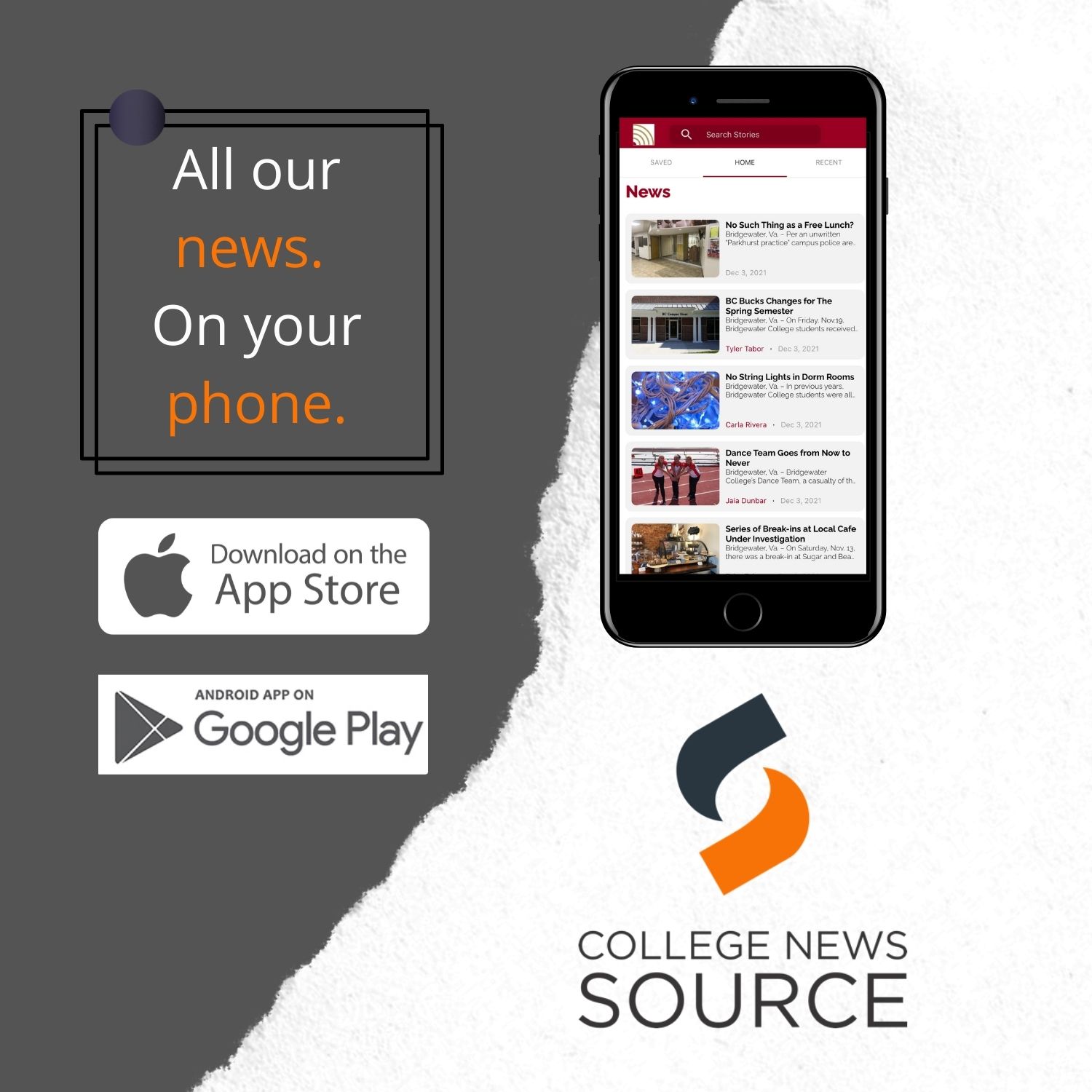Editor’s Note
January 15, 2020
Bridgewater, Va. – If we are going to be online so much, we have to know how to use and recognize when content is doctored, falsified, or designed to spread disinformation.
There are many issues with not being able to recognize when content is untrue or photoshopped; perhaps the
biggest one being that anyone can fall for this trap. It can even happen to Members of Congress. Representative Paul Gosar, R-Az., recently shared a doctored photo of a supposed meeting between two world powers that actually never happened.
There are numerous examples on both sides of the political aisle, as well as misinformation circulating through social media sites like Facebook and Twitter, which shows that our society as a whole needs to become more media literate.
Many users do not realize the effect this has on society. It can affect who we elect to positions of power just as easily as it can affect what kind of laws and policies are put into place.
Living in a digital age, there is so much information to consume in so little time. It is made worse by the fact that there is such an importance on being in-the-know and being up-to-date, that many users do not have time to think about whether or not the information they are sharing is false or not. This leads to information being readily available, accessible and shared at any time – some true, and some not.
Too many of us can read a headline or article and then post or share without thinking about what it means or whether or not it is true. In other cases, we may not even read, only post. This creates a cycle of sharing misinformation, which leads to a divide between the people who share the doctored and false posts, and those who recognize that the post is doctored.
This divide – as well as the habits and actions by users – can be hard to break, as it requires a certain skill. This skill known as media literacy, is defined by the National Association for Media Literacy Education as, “the ability to access, analyze, evaluate and create media in a variety of forms.”
Possessing media literacy can help users judge the quality of news from any source, and allow them to think for themselves about what it means.
While there are many ways to become media literate (including clicking the above link for NAMLE), the easiest is to act responsibly. If there is any doubt that something is untrue, don’t forward or like it.
Having the ability to read and ingest news is a skill that must be practiced more diligently in this new decade.

